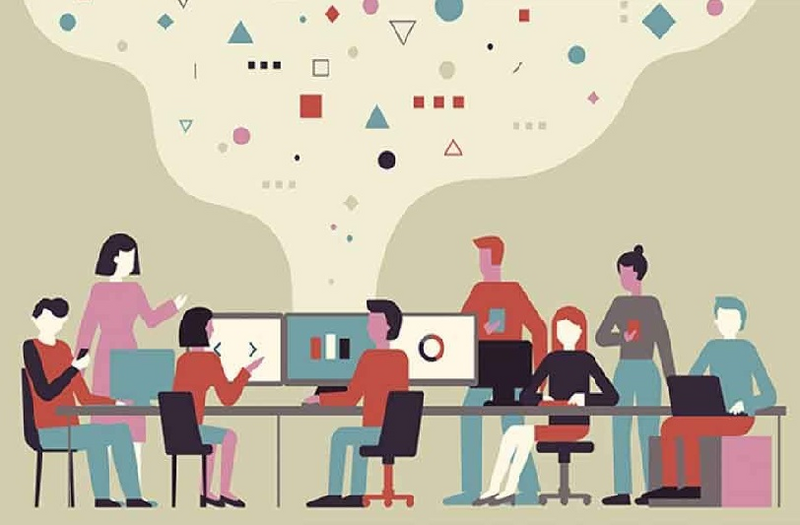ATD Blog
Invest in a Platform Built for Customer Learning
Thu Feb 24 2022

The global LMS market is set to grow almost 20 percent every year until 2026. Clearly, we’re not the only ones who noticed the increased emphasis on learning as a business driver.
Today’s most successful customer education leaders know that they are competing on customer engagement and retention strategies. They recognize that the customer begins learning from day one (which can be long before they become known to the business), so they must engage the customer with focused, purpose-built technology and services that meet their specific needs.
Can a traditional learning management system (LMS) fulfill those steep requirements? Yes, but be aware that you may face some challenges.
Repurposing Your LMS for Customers
While learning and education used to be reserved for employee training, today the focus is on educated customers and how they contribute to organizational goals and success. As a result, many legacy LMS vendors are attempting to extend their offering into the new world of customer learning. But because LMS technology was never intended for customer education, these solutions can be tough to implement and impossible to scale or integrate with the modern IT stack.
Training for customers competes with a million other priorities, so an engaging, on-demand digital experience needs to be part of instructional design from the beginning. Global customers need localized training for specific requirements. Customer education is increasingly revenue-generating, which requires integrated e-commerce functionality.
This is just the beginning of the challenges of repurposing an internal L&D platform for customer education and learning. Legacy systems are largely “one and done;” they lack the ability to scale as you grow. They also tend to lack support for training operations outside your internal network.
Investing in an LMS for Customers
A customer training platform isn’t a retrofitted employee LMS: It’s a unique tool that was built for this exact need—customer learning. For a customer training LMS implementation to succeed, it must provide these functions:
The ability to scale. If customer learning is the route to business growth, your learning management technology must meet your needs today and in the future. Functions such as offering license management or cloud-based hosting—signs that your vendor can help you manage a growth in the volume of learners without disruption or loss of performance—ease your evolution. Success relies on the ability to rapidly innovate in response to the market, and any technology you purchase should fit that mentality.
Reporting and analytics. Data flows in two directions. Being able to plug in the technologies you use every day means that you can extract data from your customer learning behaviors to inform the decisions you make and connect those internal dots that were previously invisible. How is learning moving the needle on major business KPIs like churn, product adoption, or satisfaction? Showing the impact of customer education and learning earns you buy-in for your next project.
Content creation tools. Content creation and distribution needs to be scalable, syndicated, and real-time. A legacy LMS may not be built for content authoring, leaving you scrambling to manage the right mix of technical staff and creatives to create engaging learning content and get it to your customers at the right time. To align with today’s fast-paced delivery schedule and go-to-market (GTM) strategy, you must customize and create online training quickly on the fly. Look for simple content authoring functionality that is no-code, intuitive to build with, and helps you create content for your customers efficiently.
To continue exploring the reasons an LMS built for customer education is the best option to grow and scale alongside your business, read the full article on Thought Industries’ blog.
You've Reached ATD Member-only Content
Become an ATD member to continue
Already a member?Sign In

